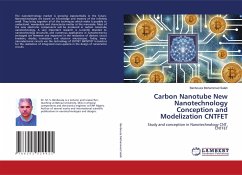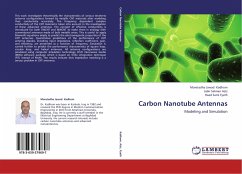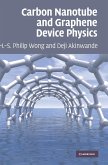Driven by the ever-growing demand for versatile electronics with increased functionality, high performance, light weight, low cost and improved design options, conductive filler/polymer composites (CPCs) have emerged as a distinctive solution. Manipulating the conductive network formation in CPCs allows them to be employed in a wide range of applications, such as charge storage, electrostatic discharge dissipation and electromagnetic interference (EMI) shielding. Accordingly, the main objective of this work is to create unique morphologies of CPCs to control conductive network formation to achieve desired electrical properties, i.e., electrical conductivity, EMI shielding and dielectric properties. This was performed through manipulating processing techniques and molding conditions, and then relating the developed morphologies to the final electrical properties. Multi-walled carbon nanotube was selected as the main filler due to its excellent electrical properties and growing industrial usage. This work also provides a comprehensive discussion on the mechanisms of interaction between CPCs and applied electromagnetic wave.
Bitte wählen Sie Ihr Anliegen aus.
Rechnungen
Retourenschein anfordern
Bestellstatus
Storno








